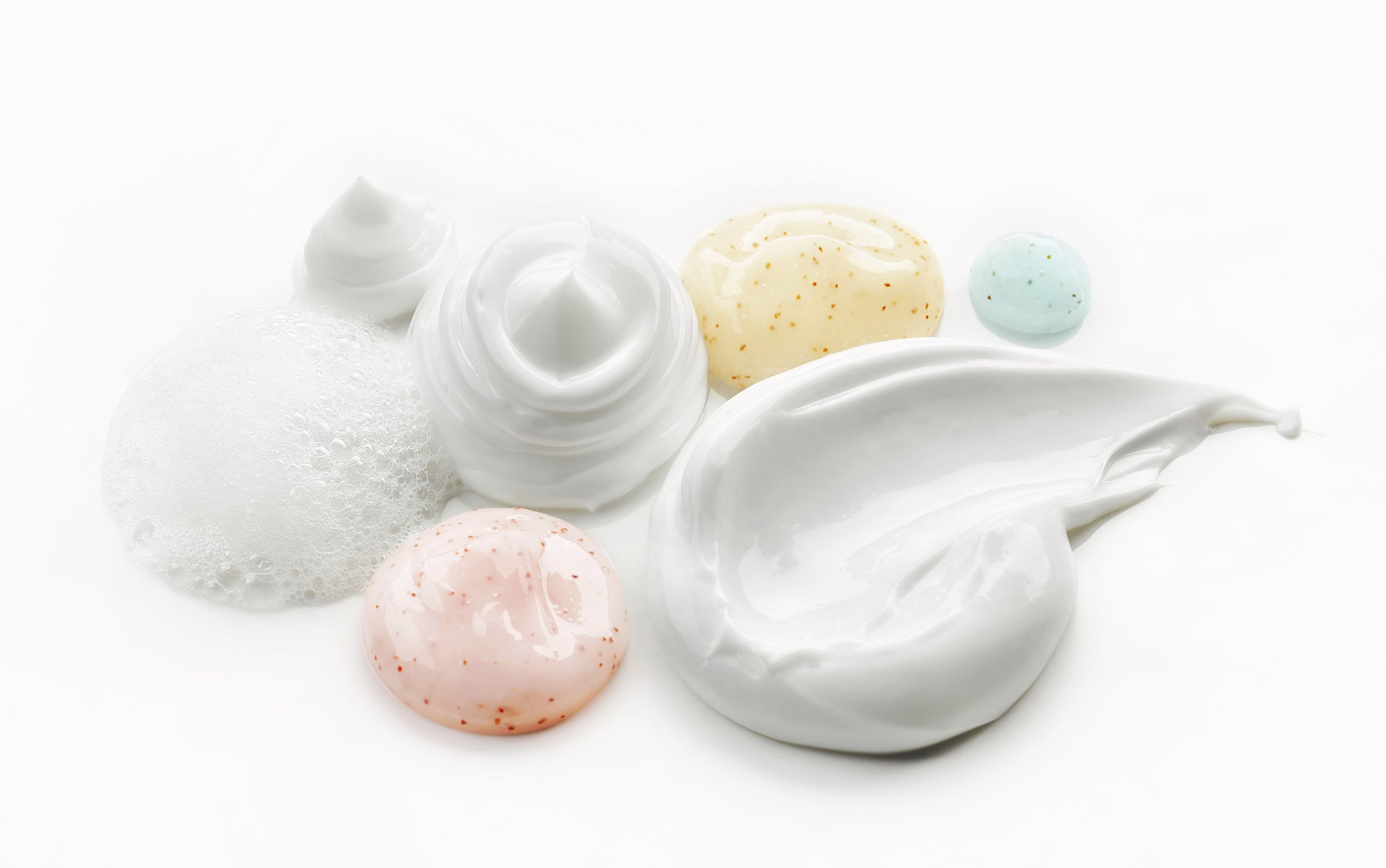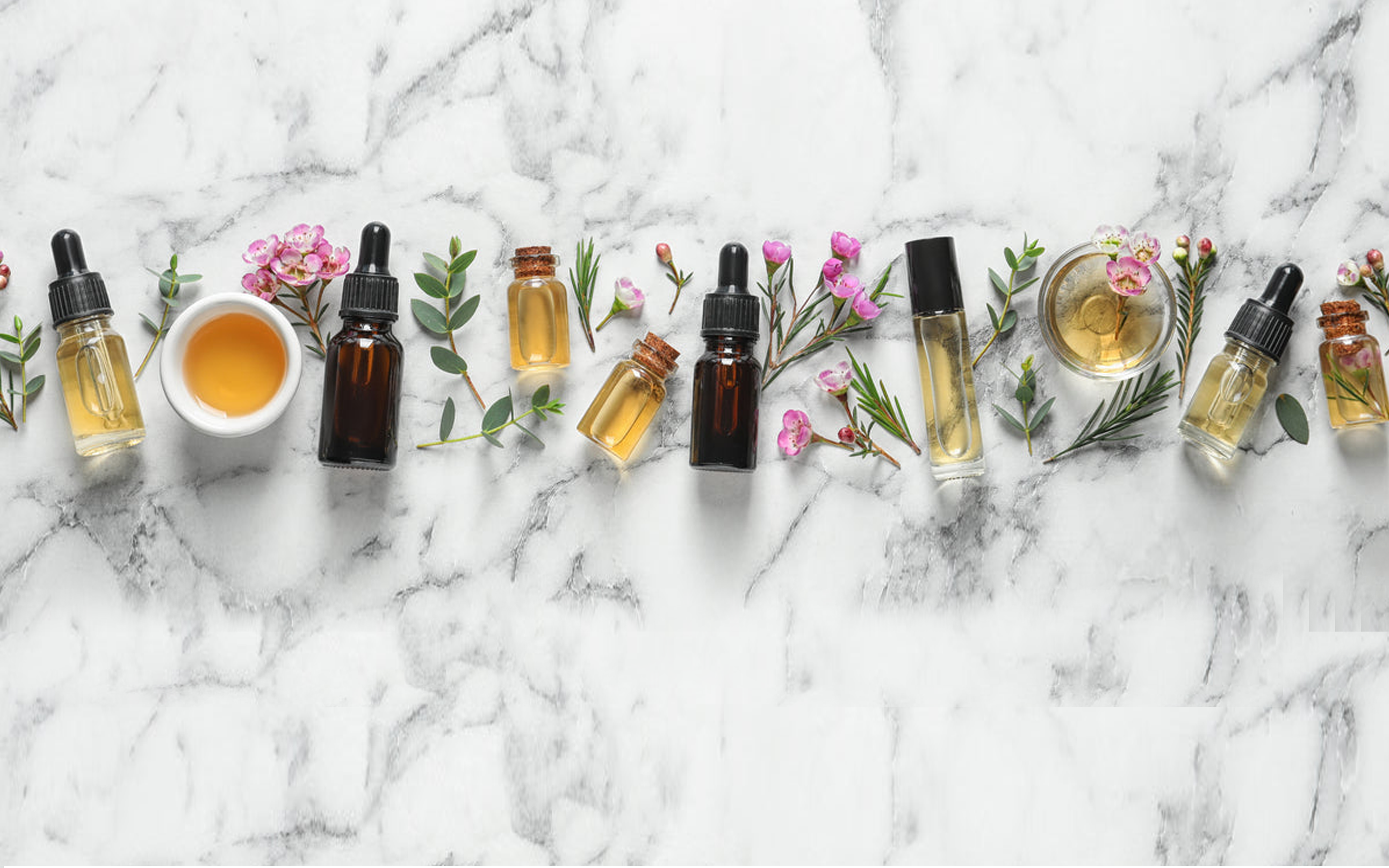
The Ugly Truth About the Comedogenic Scale and Why You Shouldn't Trust It
Everyone likes to take the easy way out.
5-minute rice, quick-dry nail polish, SparkNotes, and online grocery shopping are all quick, easy, and hassle-free. It’s the reason the non-comedogenic scale is such a popular way to figure out if a product is safe for your skin.
Just look up the ingredients, and if the ratings are below 1, you’re good to go. Or, for even less hassle, find a product that says “Non-Comedogenic” right on the package!

But, as we’re sure you know, the easy way is not always the best.
To be blunt, the Non-Comedogenic Scale has more problems than Jay-Z. From animal testing to inconsistent methods to differences in skin types, the non-comedogenic scale is a non-starter.
No need to fret. As always, we’re going to fill that cute little brain of yours with all the facts. Keep reading to learn why the non-comedogenic scale doesn’t work, and what you should use instead.
Strap on your scuba mask, it’s time to dive in.
Comedogenicity is an Imperfect Science

How about a little background to kick this off? Comedone is another word for blemish, pimple, clogged pore, etc. If something is comedogenic, it will probably clog your pores.
If it’s non-comedogenic, it probably won’t. Well, that’s the theory anyway.
Scientists have performed a whole slew of studies (11 to be exact) to try and figure out what products are more likely to cause breakouts.
How convenient! A list of “Acne Causing Products” to stay away from would make life so easy for those of us who are constantly worried about pesky pimples. Thus, the comedogenic scale is for that exact purpose.

A simple internet search will give you plenty of comedogenic scales for reference. Each lists common skincare and cosmetic ingredients with a number 0-5.
The goal is to stay below 2. The confusing part is that different scales will rank the same ingredient differently. Shea butter for instance can rank anywhere from 0-2 depending on the scale, which is a little too inconsistent for our taste.
As much as we want to take that scale at face value for the sake of ease and simplicity in finding a skincare regimen, something that is never easy or simple, the tests and studies to determine comedogenicity are seriously flawed.
How to Test for Comedogenicity

Tests are performed on two types of subjects with particular characteristics: 1- Male albino rabbits, and 2- Adult humans with large pores on their backs.
Little Bunny Foo would have the ingredient in question applied to his inner ear every day for a week. After 3-4 weeks, scientists look at the number of blemishes to decide where that ingredient falls on a scale of 0-5.
Our human friends got a similar treatment but in strips on their backs instead of their ears. The human tests took a little longer to determine results, sometimes up to 6 months, making the tests on sweet fuzzy forest creatures more appealing.
You Can’t Trust the Results

But here’s the thing, the results from these eleven studies are all over the place. Each study used different methods, scales, ingredients, concentrations, and duration of testing. The only real standard in testing is their method of viewing the results.
Take a look at these confusing results:
- One study found that ingredients that were high on the comedogenic scale became non-comedogenic when they were diluted, as they are in many products.
- Another study determined that ingredients that were pore-clogging on rabbits didn’t necessarily affect humans the same way.
- At one point, it was determined that if the ‘active’ ingredients in a product were comedogenic, you should avoid it. Until they did a study that showed all of the active ingredients in sunscreen were non-comedogenic, but the overall product was comedogenic. In other words, the inactive ingredients were to blame.
- Yet another study found that even if a product is non-comedogenic, it can still cause skin irritation, which causes acne!
- A more recent study concluded that there are a crazy number of variables involved in whether an ingredient will clog pores, like the other ingredients it’s combined with, the concentration of the ingredient, and the material used to dissolve it.
How can we possibly believe a scale that bases its data on a collection of studies that contradict each other??
The possibility of pore-clogging changes based on who it’s tested on, what it’s mixed with, and how it’s diluted. And that doesn’t even factor in the different sources of ingredients.

Even with natural ingredients, you risk contamination from unknown sources during the growing and harvesting process.
Ingredients that are tested and deemed safe in terms of comedogenicity might be just fine, but the same ingredient from a different place could be an entirely different story.
There is no clear answer here.
If you’re not already convinced that it’s time to write off the comedogenic scale as inaccurate, let’s explore some more aspects that are positively problematic.
Testing is Not Cruelty-Free

Poor little bunny foo, sitting in a test lab, getting his ear swabbed, boo hoo!
We at Averr Aglow are all about organic, natural, and cruelty-free. It seems a little backward to search out products and ingredients that are cruelty-free only to rely on a scale that isn’t.
It’s one thing to cause skin irritation on sweet voiceless creatures. We don’t like dealing with acne, why would they?
But it gets worse. When counting the number of comedones at the end of a test, scientists can’t just do a visual inspection. They need a skin sample they can look at under a microscope, and to do that, bunny foo has to be, well, not alive.
Insert sad face here.
Money is a Primary Motivation

It’s a sad truth that in the world we live in, many organizations and corporations are more concerned with their deep pockets than providing accurate information and resources.
Many of the organizations involved in these studies financially benefit from their results. Think about it, if you’re trying to sell a skincare product and you can give it the green light based on the comedogenic scale, you’re going to have a pretty solid foothold on the market.
Likewise, you can get rid of the competition by proving that their products are irritating and pore-clogging in an authentic scientific study.
Even if you could trust the scale, companies that label their products “non-comedogenic” are just doing it for marketing. The term isn’t regulated by the FDA, so it doesn’t carry any weight.
There are plenty of ‘comedogenic oils’ that are just fine for use on your face. Especially since the most comedogenic oil is produced by your body.
That’s right, sebum, the natural oil that your body produces to keep your face hydrated and protected, would have a big red five on the comedogenic scale.
Yet, your body needs sebum to stay healthy.
Perform Your Tests Instead

Ultimately, when you factor in the differences in everyone’s skin chemistry, the most reliable method of testing skincare products is on your skin.
The tried and true patch test will give you an idea of how your skin reacts to a product before you slather it all over your face. Use the product on a small patch of skin and go from there if it’s irritating, no need to continue.
A good rule of thumb is to stick with natural ingredients and avoid harsh chemicals that tend to irritate.
Look for companies that are transparent in their products. Companies that don’t have anything to hide will list ingredients on their websites and even disclose where they’re sourced from.
At Averr Aglow, you’ll find full transparency on all of our skincare. Take our Radiant Cleansing Nectar, for instance.

One look at the product page, and you’ll see a complete list of ingredients, an explanation of what our active ingredients do, and where they come from.
Other websites have information on skincare ingredients so you can further your research. Knowledge is power, and when you have sensitive skin, it’s essential to know what you’re putting on it.
Cross-check active ingredients on these sites:
- Environmental Working Group: Search ingredients and products. The database gives a score based on possible irritants and health effects.
- INCI: Copy and paste ingredient lists or even upload a photo of the label. You can also search for specific products. The database breaks down what the ingredients do and provides a rating on how safe it is for your skin.
- CosDNA: Review products based on individual ingredients and user’s experiences. Especially helpful in getting a full list of ingredients for products before you purchase them.
- Cosmetic Ingredient Review: Provides links to scientific studies regarding various ingredients.
Your Skin, Your Choice

The only person that can make decisions about your skin is you! If a potential product seems fishy, trust your gut and skip it.
The level of research you put into choosing a skincare routine is up to you. No one knows your skin as you do, and there is no scientific study in the world that will tell you something about your skin that you don’t already know.
Armed with the truth about the comedogenic scale and these research tools at your fingertips, you have everything you need to make informed decisions about your skincare.
What to Do Next? Try Averr Aglow’s Clear Skin Kit
Tired of feeling lost and confused about what you should do to get clear, smooth skin? Order the Clear Skin Kit.
The Clear Skin Kit contains products specially crafted with the perfect blend of natural ingredients that help soothe and calm red, irritated skin while also clearing up breakouts. If you struggle with sensitive acne/breakout-prone skin, hormonal acne, cystic acne, or rosacea, then you’ll be happy you found this complete routine.
Please understand, that results may vary, we’re not selling you a miracle product and would never try to position or state that you will get a true result in only a few days. In our clinical trials, most users found the most results at the 30-day and then the 56-day mark by sticking with our routine.
What is Averr Aglow®?
Averr means Truth. We have pioneered a revolutionary no-rinse cleansing routine specifically tailored to address problematic skin issues.
Hi, I’m Camille, founder of Averr Aglow, and I help adult women who are battling breakouts and acne get clear skin results like they have never seen before, even if nothing has worked for them in the past.
After battling breakouts for over 16 years, trying every skincare product under the sun, and visiting countless professionals like dermatologists, nutritionists, and hormonal doctors, I finally learned why nothing seemed to work on clearing up my skin, what truly causes breakouts and acne, and EXACTLY what to do to get clear skin results – and I want to help you do the same.
Let me help you! Read my full testimonial here.



